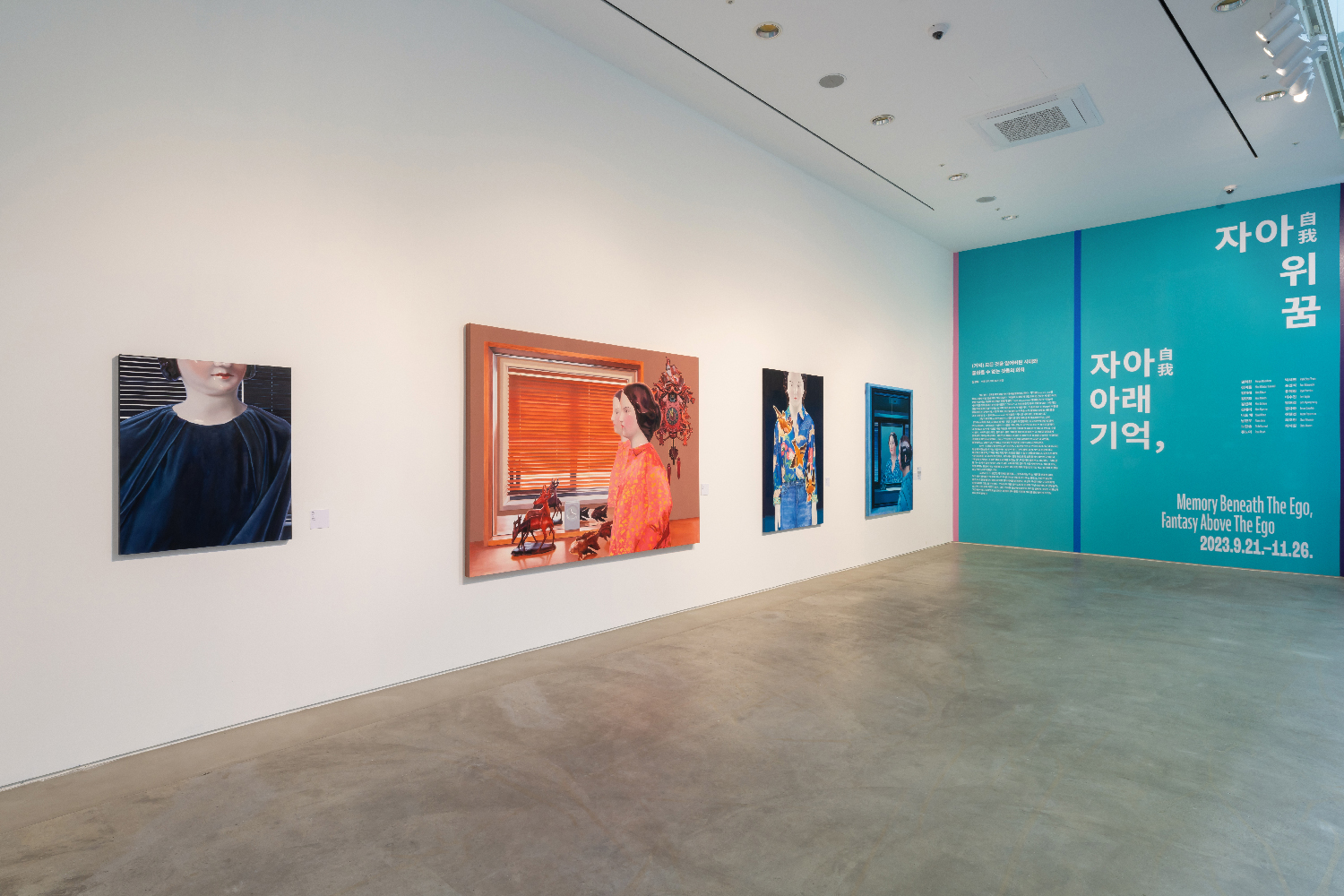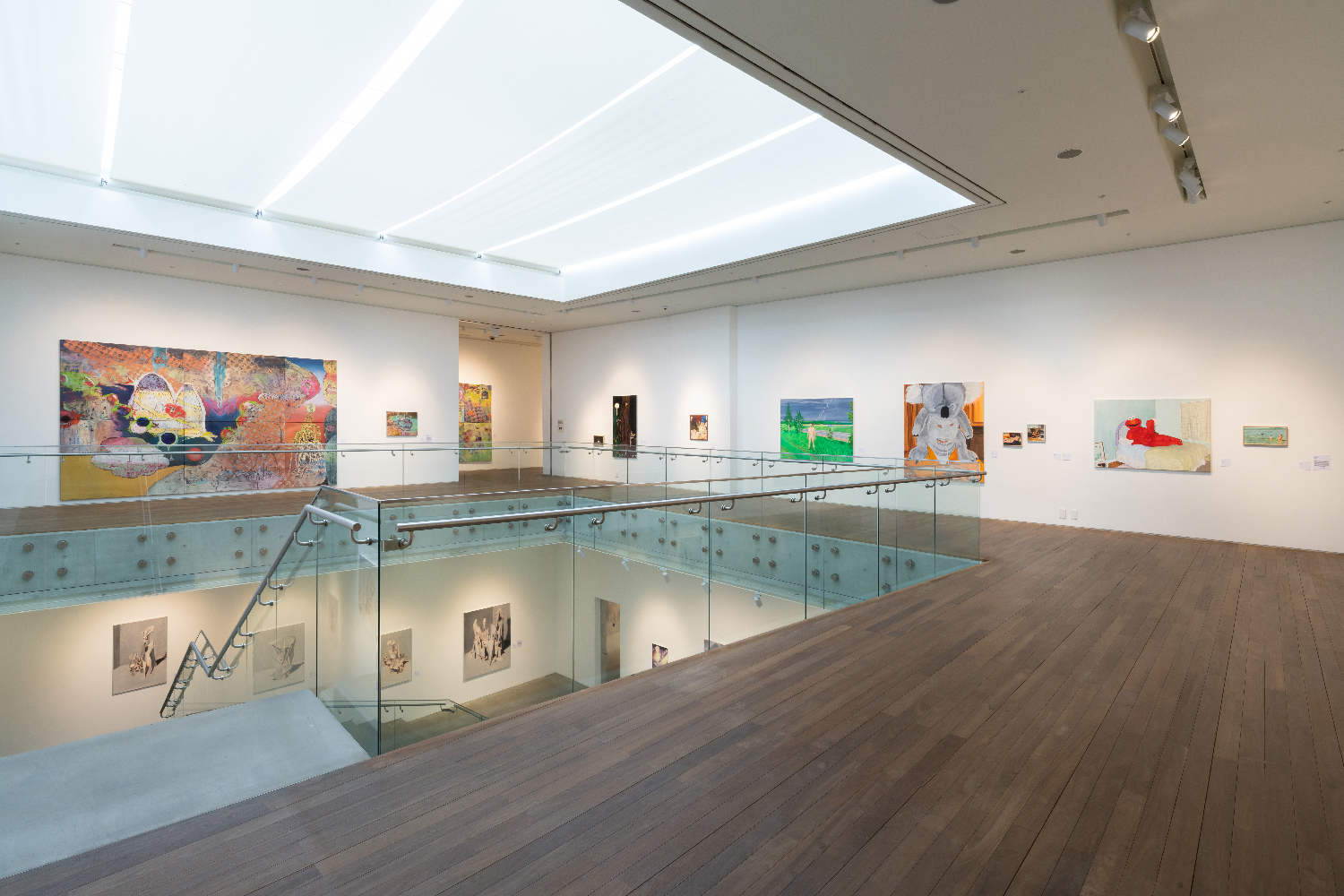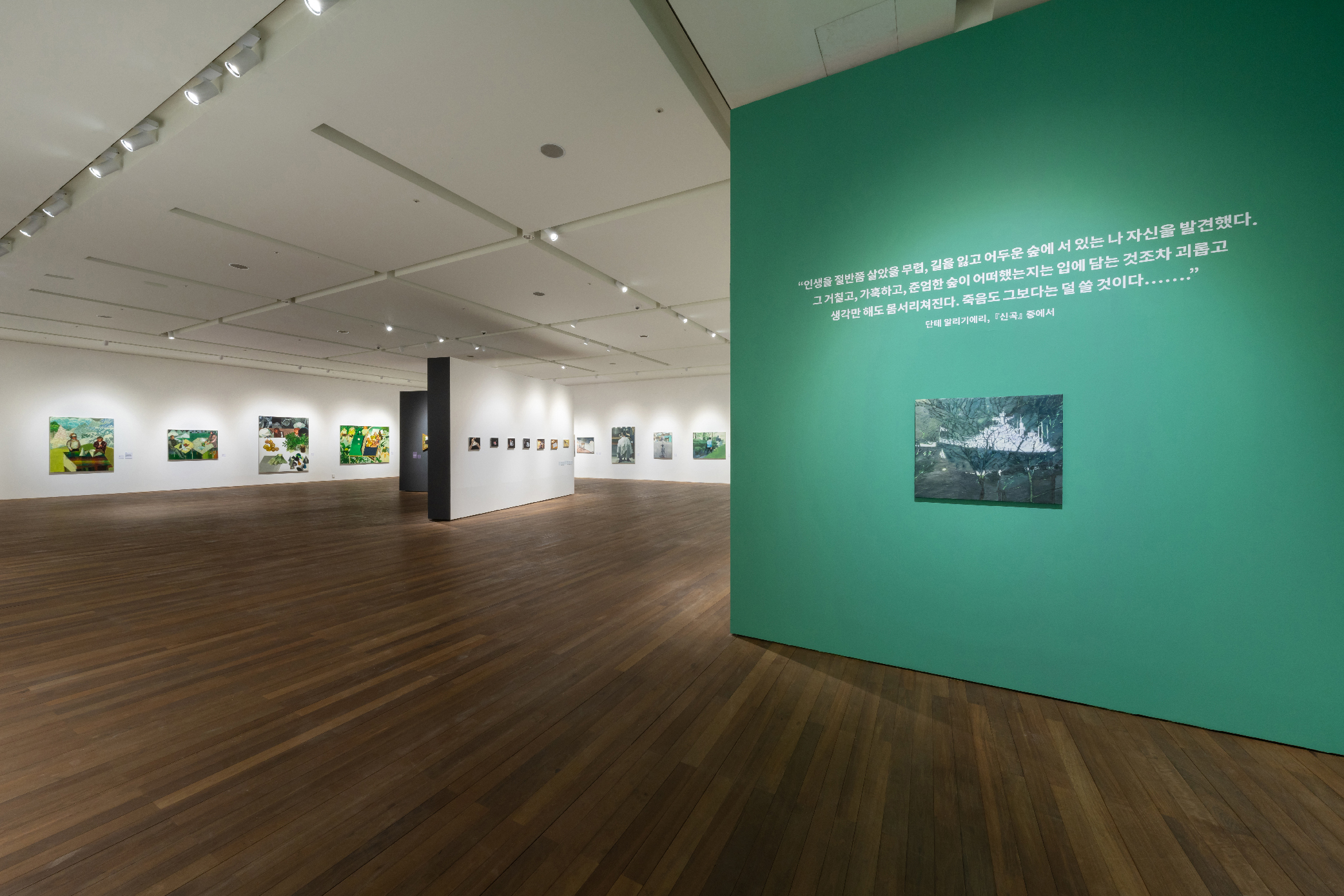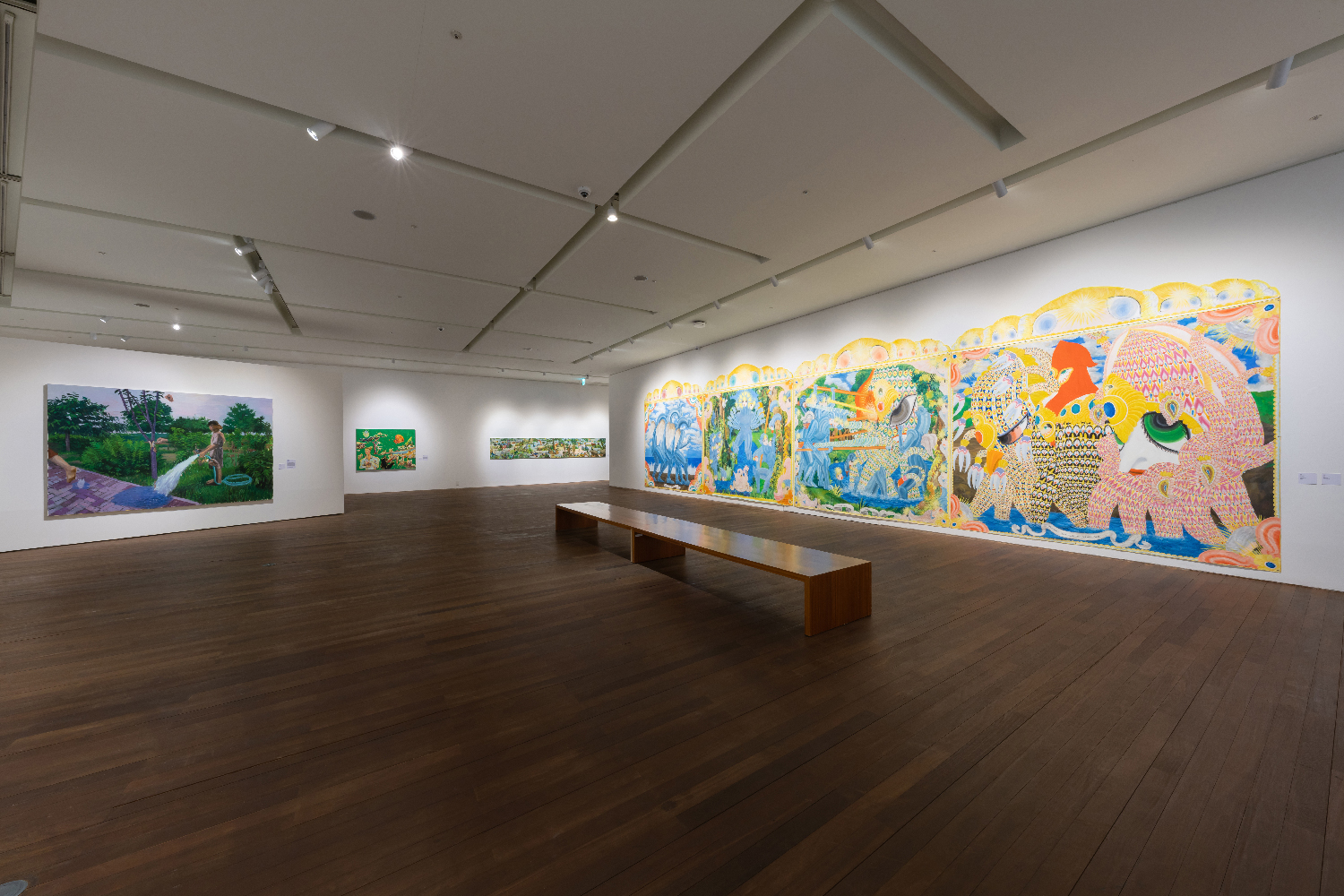Memory Beneath The Ego, Fantasy Above The Ego
An Era When (Almost) Everything Is Lost, and Paintings of What Cannot Be Grasped
The exhibition The Journey Through Art Sociology Leads to Art Philosophy: Artists' Anthology (June 23 – September 10, 2023) was sparked by a statement from someone in the art sociology sector. “Even approaching the arts from a sociological point of view immediately poses a threat to any traditional notion of the arts” (Janet Wolff). Why would this be a threat? Because it threatens to expose the true nature of art: that it is a “sacred name tag given to something social,” and that it is an “entrancing combination of social things permeated with all sorts of self-indulgence." People are infatuated by the role of art museums, which is no different from that of temples, or of occasions when the mayor shoots up the fireworks signaling the beginning of the party. As Simone Weil noted, “conscience is deceived by the social.”
Seeking catharsis, therefore, one must deeply ruminate on the social. The exhibition Memory Beneath The Ego, Fantasy Above The Ego is a series of documentations on what transpires within the consciousness where that rumination takes place. Consciousness is an act of the mind, of facing oneself or objects with “awakened perception.” Only when based on this awakened perception can art present itself as the leader of proper catharsis for the social realm. Such perception is a rare characteristic in the art of this era, as art obeys the power of the social, what Plato called the “great beast.” Art that is awake instinctively resists the social things that deceive and the social things that impose obedience. And it continuously senses the uncertain, obscure, perilous and risky aspects of “this era, where humans have lost everything.”
Look. In the chaos that causes this feeling of tension, the time and non-time within the absence of composition and plot, the dense or loose stories traversing reality and non-reality, the abstract, complex and subtle comings and goings between memories (experiences) and dreams, memory implies time while the dream is an analogy of what cannot be grasped. As this Proustian “flow of consciousness” goes on, from past to present, from memory to fantasy, it is often at risk of drifting. It is a sensuous method of investigation related to an era when people want to grasp “what clearly exists or what can never exist”—that is, either truth or eternity, or both—but cannot. It is also related to a historical stage, to which we cannot adapt; nor can we become buried under fantasies! (The opium of the people is not religion, but revolution!)
Expression and tools: landscapes from which the law of perspective has been eliminated... there is no point in even mentioning formalism. Here, realism is used not for revolution, but to mock the illusion of revolution; and abstraction idiomatically uses a language structure for daily life, trivial misfortunes or happiness. The binary opposition of modern painting known as abstract and figurative is invalid. Brushwork is managed with imagination, but not quite enough to proceed toward the future. Let us return to the self, which alternates unstably between a non-reality that cannot reach the supernatural or surreal, although it definitely has a certain impact on the vulgar reality, and fantasy, as a resemblance of eternity, constantly being damaged by that non-reality!
Sim Sang Yong
Director, Seoul National University Museum of Art
Media: Around 150 painting works
Artists: Kwon Hoechan, Kim Winter Gyeoul, Kim Mirae, Kim Minzo, Kim Jinhee, Kim Hyeree, Nard Chae, Nam Jinu, Noh Hansol, Ryu Noah, Park Seo Yeon, Son Minseok, Ryu Yaerim, Lee Sujin, Lim Hyunjeong, Jeon Dawha, Jeon Hyunsun, Choi Momin, Choi Jiwon







